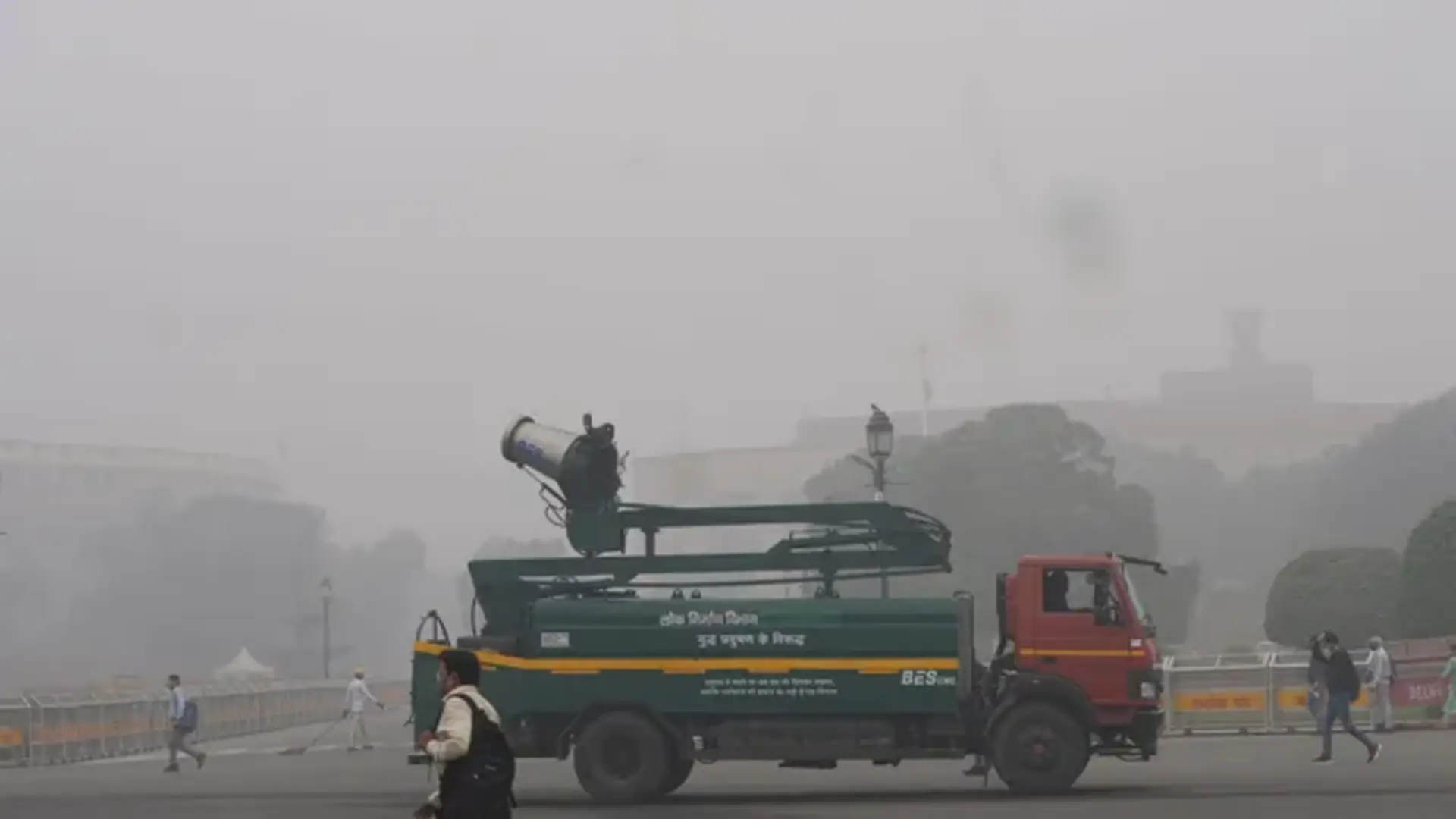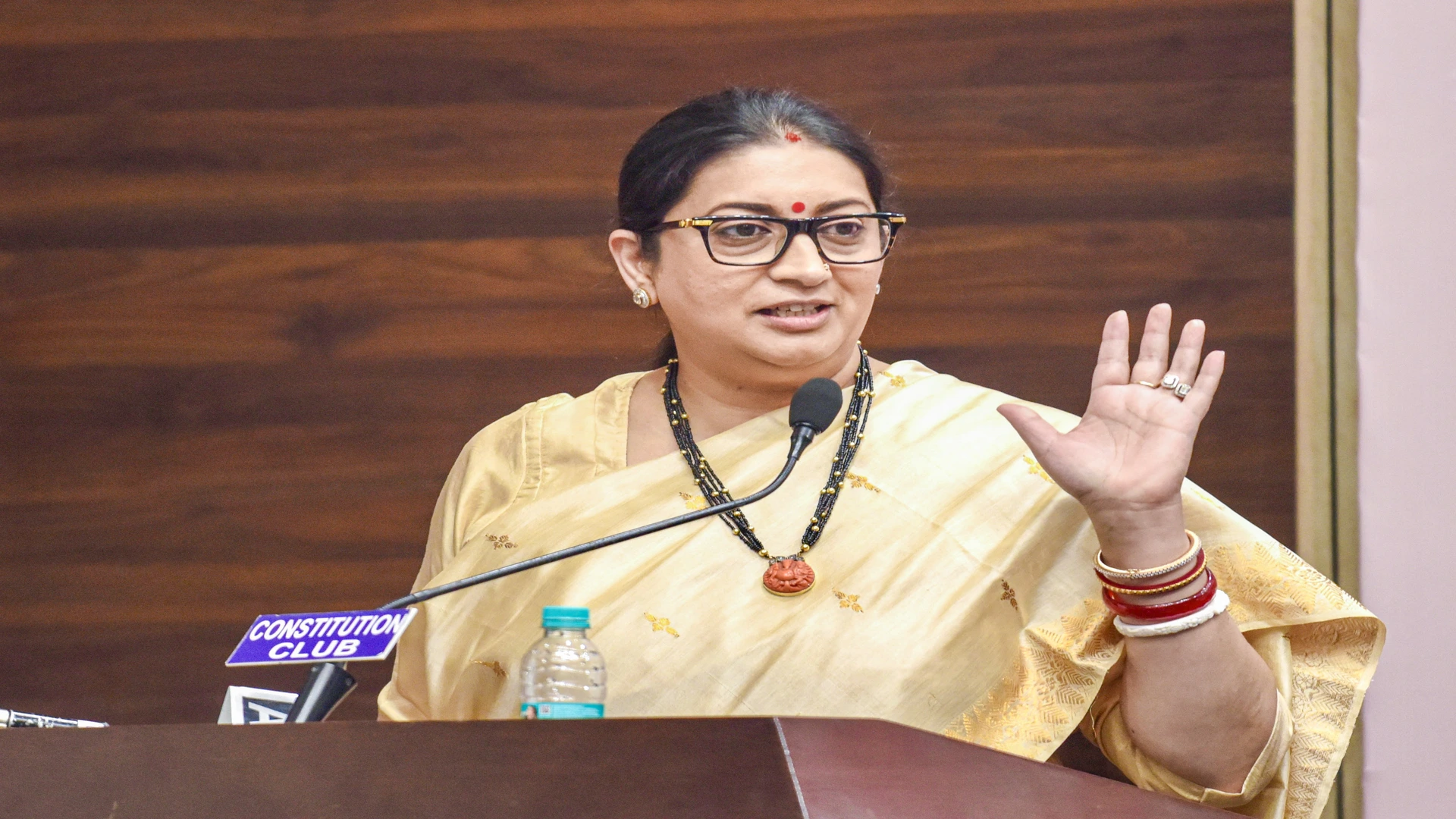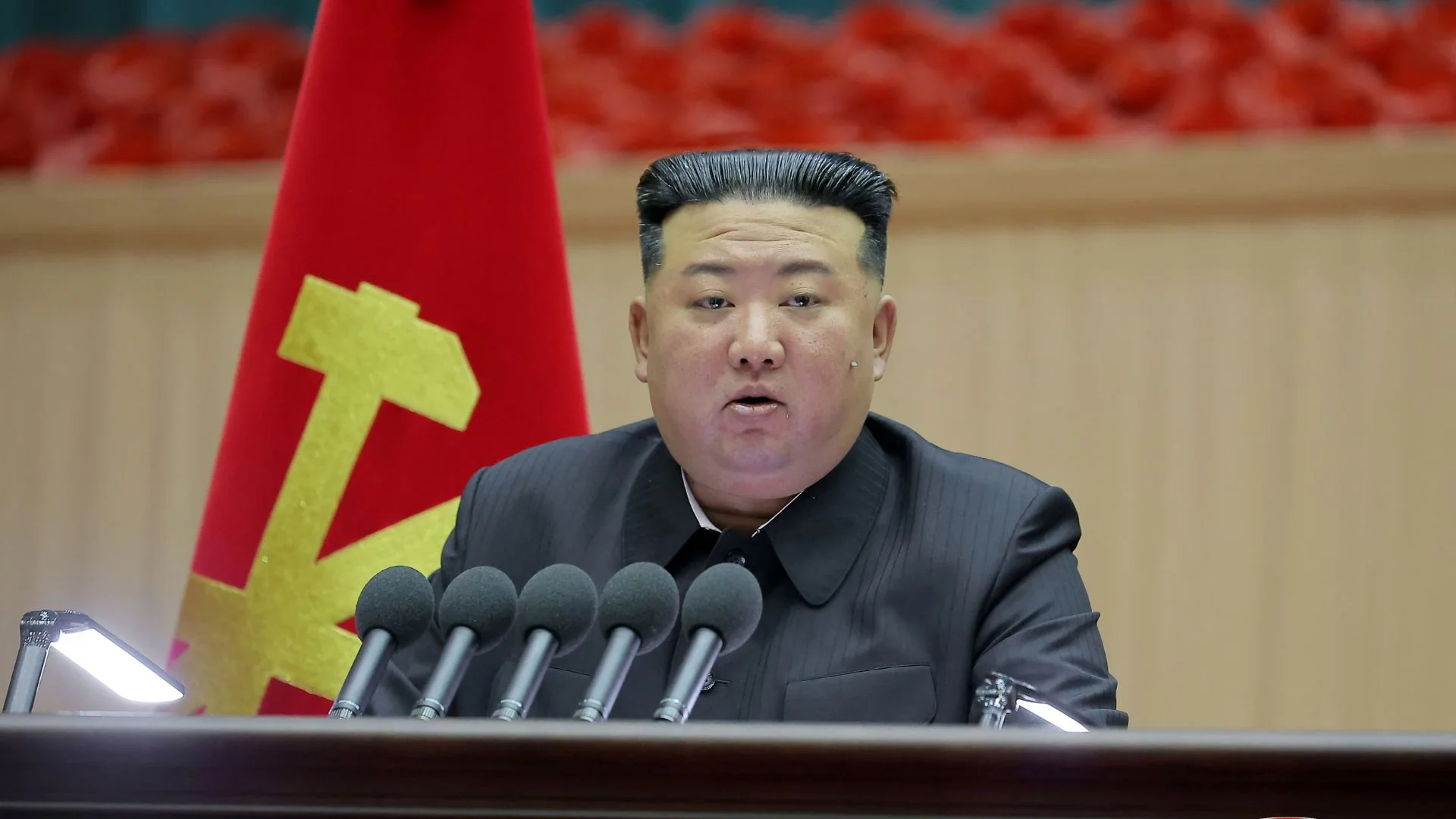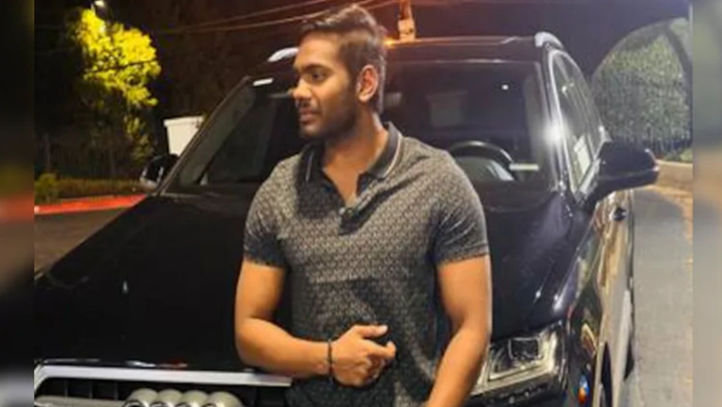
There is no partisan politics in India’s fight against COVID-19 as Opposition chief ministers played ball with the Prime Minister and put up a united fight against the pandemic. Some of the state leaders that stand out are:
Kerala: Pinarayi Vijayan was one of the few Chief Ministers to impose a lockdown from 23 March, when the national lockdown came into effect from 25 March. The Kerala CM also announced a Rs 20,000 crore economic package for his state. He took the initiative in pro-active measures such as a WhatsApp helpline for domestic violence victims. This was the first state in India to record a Covid-19 positive case in January 30, going up to 109 cases by 24 March. Since then it has been able to flatten the curve considerably. He has also come up with a Three-Phased Relaxation of restrictions with attendance in banks and offices restricted to 50% and even after domestic flights have reopened in Phase 3 of his plan any person entering the state will have to undergo a two-week compulsory home quarantine.
Maharashtra: Chief Minister Uddhav Thackeray is leading the coronavirus fight from the front, with his addresses to the public asking them to stay at home and listen to their “home minister” just as he is staying at home and listening to Mrs CM. Maharashtra has seen the highest number of corona cases, more so as Mumbai is such a cosmopolitan hub. And also, some would suspect because the testing is being done at a more rigorous pace.
Punjab: The good Captain moved at a war footing, recognising quite rightly that this is no less than a war. He played no partisan politics and reached out to the Centre with some sensible suggestions, including his concerns about the Rabi crop. Also, to his credit goes his handling of the migrant labour that is so essential in the cutting of the crop. Unlike Delhi or even Maharashtra, there was no mass exodus of workers as he was able to reassure them into staying back.
Assam: In this state it is not so much the CM but his health minister — the very able Himanta Biswa Sarma — who is handling the Covid fallout and with great aplomb. Of the 34 cases in the state, as many as 32 were related to Tablighi Jamaat. Moving swiftly, he ensured that all the positive cases were in quarantine with no contact with the rest of society.
Delhi: Chief Minister Arvind Kejriwal is playing it mature and coordinating his efforts with the Centre. He was one of the first CMs to speak out against the gradual lifting of restrictions, maintaining that Delhi with its slum clusters was not ready as yet. The hotspots have been identified and are strictly cordoned off, with the CM playing it smart and announcing the list of hotspots only late at night to prevent hordes rushing to the market to indulge in panic buying. He has reason to worry as Delhi’s count had nearly reached 2,000 by April 20, the day the PM had suggested lifting of restrictions.
Goa: Considering this is a state that sees more than its fair share of foreign tourists (1,600 at the time the lockdown was announced), Chief Minister Pramod Sawant was quick to ensure a clampdown but without first ensuring a steady supply of even the basic essentials such as eggs, milk and bread which caused a lot of hardship in the initial phase of the lockdown. Such harsh measures worked and the state was declared free of Covid-19 patients by 17 April, with no new case since 3 April.
Madhya Pradesh: There are those who claim that the state government feared Kamal Nath more than coronavirus, which is why the national lockdown was delayed till the Congress government was toppled in the state. The political gain had a heavy price attached to it as the state was tardy in its response to the pandemic, leading to the count rising to almost 1,500, with both Bhopal and Indore being declared hotspots. Even then the state has no health minister in place with the CM taking the battle hands on. His former health secretary Pallavi Jain Gohil hardly helped, as she did not disclose her son had recently returned from the US until he went down with corona. Clearly not the right message any CM wants coming out of his health ministry during a pandemic.
Rajasthan: The famous Bhilwara model became a case study on how to tackle Covid-19 after the textile city first became Rajasthan’s worst-hit district with 27 cases. However, by 2 April no new cases were reported due to the implementation of a very strict curfew and some rigorous testing. But as deputy chief minister Sachin Pilot also pointed out that the same rigorous scale could not be applied to larger cities such as Jaipur. Also, the state had to tend to the Rabi crop and decentralise the mandis at district levels to help farmers sell crops. Giving emphasis to both life and livelihood, Chief Minister Ashok Gehlot has advocated a modified lockdown since April 21 which includes the opening of industrial units that provide lodging facilities to workers in urban areas, construction activities in the cities where labourers stay and the operation of all kinds of goods vehicles. Despite the high count, this kind of limited mobility has been welcomed by the daily wage earner.
Uttar Pradesh: Given the fact that the state’s population is nearly 23 crore, Uttar Pradesh has reported less than a thousand cases. This has given rise to speculation regarding the rigorousness of the tests. However, the CM has stepped up the curfew enforcement, especially post the Tablighi Jamaat scare. He has also threatened to invoke the NSA against those misbehaving against doctors and nurses. His take-no-prisoners attitude led to the resignation of the DM in UP’s high-profile district, Gautam Budh Nagar, right in the middle of the first Lockdown phase. His Agra model is also being talked about — this was the first district to report a cluster of cases after which the CM moved fast, identifying all the hotspots in the district, sealing them off along with a 3-km containment zone and 5-km buffer zone. Interestingly, one of his priorities is also to ensure that all temples in the state capital have access to the marigold flowers needed to perform the daily puja, hardly surprising given the fact that the very next day after PM announced a national lockdown, on 24 March, the CM was seen presiding over the shifting of the Ram Lalla idol in Ayodhya. But that’s the way he has always played his politics, and lived to tell the tale.
Bihar: The state has reported about 70 positive cases, but Nitish Kumar is getting more flak for his silence over the plight of Biharis outside the state — from the migrants who hit the Delhi highways or Mumbai’s railway stations, to the students stranded in Kota. It hasn’t helped that Yogi Adityanath managed to bring back the Uttar Pradesh students stranded in Kota. Kumar is losing the perception game here.













